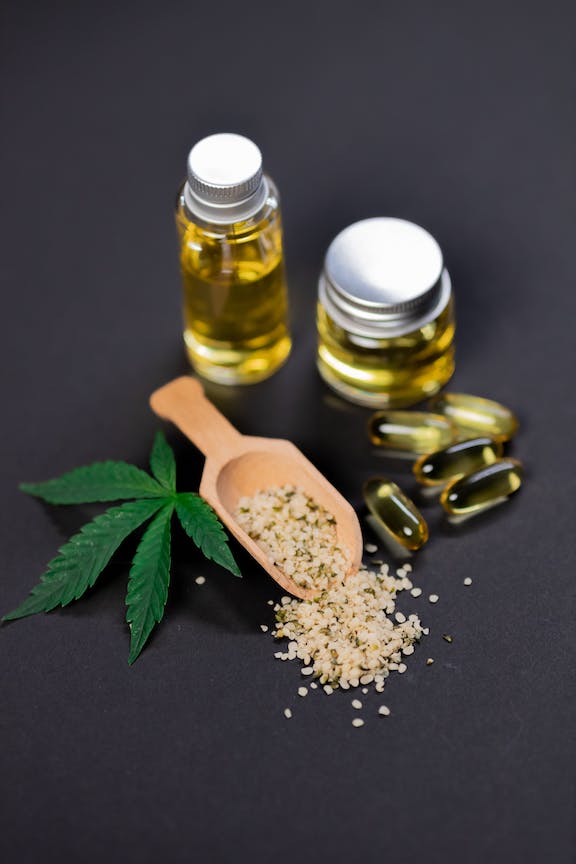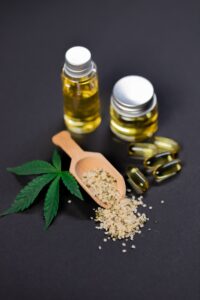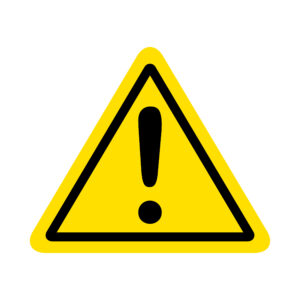
Medical Cannabis – When, Where, and Why
Just last month, a pharmacy in Georgia made U.S. history by becoming the first location to legally sell medical cannabis in a pharmacy. Although 38 states, three territories, and the District of Columbia have legalized the use of medical cannabis, you need a special state-issued card that allows you to purchase specific types of cannabis from a legally authorized dispensary. (Rules vary in states where recreational marijuana is now legal.) The Georgia pharmacy is changing that dynamic by offering low-THC (tetrahydrocannabinol) oils, tinctures, topicals, capsules, and lozenges.
First, what is medical cannabis?
 Cannabis is the word used for all products that come from the Cannabis sativa plant. Marijuana, on the other hand, is the name for products that come from the plant that contain enough THC to produce the feeling of being high. Because medical products are low in THC, they are usually called medical cannabis, rather than medical marijuana.
Cannabis is the word used for all products that come from the Cannabis sativa plant. Marijuana, on the other hand, is the name for products that come from the plant that contain enough THC to produce the feeling of being high. Because medical products are low in THC, they are usually called medical cannabis, rather than medical marijuana.
Cannabis itself isn’t approved for medical use by the U.S. Food and Drug Administration (FDA). (The agency has approved a few drugs that contain cannabidiol (CBD), a substance from the plant.) That said, although medical cannabis is not FDA-approved, if a patient requests it, doctors can approve an application for a special card in states where it can be purchased legally.
Why buy medical over recreational cannabis?
If you can buy recreational cannabis or marijuana legally, why go through the trouble of having a medical cannabis card? Because there are differences between recreational and medical products.
Cannabis for medical purposes contains just the necessary parts of the plant (CBD and THC). Recreational marijuana can have over 100 different cannabinoids (chemical substances), which can cause other, unwanted effects. In addition, there are practical issues, such as taxes. In some states, medical cannabis might be exempt from sales and use tax.
What is it used for?
Cannabis treatment of medical conditions became popularized during the AIDS (acquired immunodeficiency syndrome) epidemic of the 1980s and 1990s. People living with AIDS who had no appetite and were losing weight found that if they used cannabis, their appetite improved, slowing or stopping the weight loss. Then, some people with cancer noticed that cannabis helped relieve chemotherapy-induced nausea and vomiting. The word spread fast. People noticed that specific problems were eased if they, too, used cannabis.
It helped some manage issues associated with:
- Anxiety
- Depression
- Fatigue
- Chronic pain
- Insomnia
- Spasticity related to multiple sclerosis
- Post-traumatic stress disorder (PTSD) symptoms
- Tourette syndrome symptoms
- Seizure disorders such as Lennox-Gestaut and Dravet Syndrome
- Alzheimer’s disease
But does it work?
Whether medicinal cannabis works depends on who you ask. Some people have had great relief with it, others have had no success.
According to Harvard Health Publishing, “While marijuana isn’t strong enough for severe pain (for example, post-surgical pain or a broken bone), it is quite effective for the chronic pain that plagues millions of Americans, especially as they age. People often want to try it because medical cannabis is thought to be less addictive than opiates, and it’s much easier on the stomach than non-steroidal anti-inflammatories (NSAIDs), like ibuprofen and naproxen.
As for other conditions, it seems to help some people. According to an AARP article, one study looking at 1 million people with multiple sclerosis found that over 60% were using medical marijuana to help reduce muscle spasms. In another study, patients gave medical cannabis high marks for “…reducing pain and improving quality of life for those with Alzheimer’s, Parkinson’s, Crohn’s and ulcerative colitis.”
You may see some claims about using medical cannabis to treat glaucoma too. This, unfortunately, is one situation where it doesn’t seem to work. While it may lower eye pressure, the cannabis effects only last for a short while — not long enough to make a difference in the disease’s progression.
Caution required
 Since cannabis is a drug, like all drugs, there are potential side effects. There is also the potential of cannabis causing unwanted reactions if you are taking other prescription or over-the-counter medications or supplements.
Since cannabis is a drug, like all drugs, there are potential side effects. There is also the potential of cannabis causing unwanted reactions if you are taking other prescription or over-the-counter medications or supplements.
If you want to try medical cannabis, you are strongly encouraged to discuss this with your healthcare providers first. Your whole treatment team must be aware that you are using it. You should also review all your prescription medications, supplements and over the counter medications with your pharmacist to make sure there are no unwanted interactions with cannabis.
Possible side effects from medical cannabis include:
- Dizziness
- Fatigue
- Dry mouth
- Light-headedness
- Drowsiness
- Nausea
You shouldn’t drive or operate machinery that could cause harm for at least a few hours after using any cannabis product, just as if you took any other substance or medication that can cause drowsiness. Also, avoid consuming alcohol with cannabis. This is called cross-fading.
Side effects also depend on the product and how you ingest it. For example, if you inhale the product (vaping or smoking), this will cause more immediate release of the chemical into the bloodstream and could dry your mouth out more than if you swallow it.
There are reports of people experiencing serious issues, such as cannabinoid hyperemesis syndrome. This syndrome causes nausea, severe vomiting, and abdominal pain for days. It can happen even if someone has used cannabis for years without any ill effects. According to the Minnesota Department of Health, “A few patients enrolled in the Medical Cannabis Program have been hospitalized for cannabinoid hyperemesis syndrome. Check with your health care practitioner or dispensary pharmacist if you experience any signs or symptoms of this syndrome.”
To reduce the risk of side effects, it’s best to start at the lowest doses and increase gradually until you feel positive results with minimal side effects.
Not everyone should try it
Despite medical cannabis having lower THC levels, there are still groups of people who could be at increased harm if they use a product. Although in some cases, physicians may recommend medical cannabis for a child with certain conditions, like seizures that cannot be controlled with traditional medications, children, teens, and young adults should be cautious about using the product.
People who are pregnant or breastfeeding should avoid medical cannabis because it can result in low birth weight or premature birth. It’s also believed that if someone uses medical cannabis during pregnancy, it could cause changes in the baby’s brain development, which could cause problems with memory, attention, and behavior.
Others who should avoid medical cannabis unless their doctor recommends it are those who:
- Have mental health conditions, as cannabis could worsen symptoms
- Have a family history of schizophrenia or other psychotic disorder
- Are at risk for dependence and addiction
- Have serious heart or liver disease
Discussing this with your healthcare provider may prevent serious issues down the road.
How to get medical cannabis
Doctors don’t provide prescriptions for the pharmacy as they would a prescription drug like insulin or an antibiotic. They can, however, fill out a form that approves your request for medical cannabis by verifying that you have a condition that could benefit from the drug. Check your state laws to learn about the process.
Remember, medical cannabis is still a drug and should be used with caution. Keep products in their original containers and out of reach of children and pets. Unfortunately with increased availability of medical cannabis, there has been an increase in accidental overdoses of children and animals. If you must dispose of them, ask your pharmacist or read about drug disposal options in this blog post.
Disclaimer
The information in this blog is provided as an information and educational resource only. It is not to be used or relied upon for diagnostic or treatment purposes.
The blog does not represent or guarantee that its information is applicable to a specific patient’s care or treatment. The educational content in this blog is not to be interpreted as medical advice from any of the authors or contributors. It is not to be used as a substitute for treatment or advice from a practicing physician or other healthcare professional.




